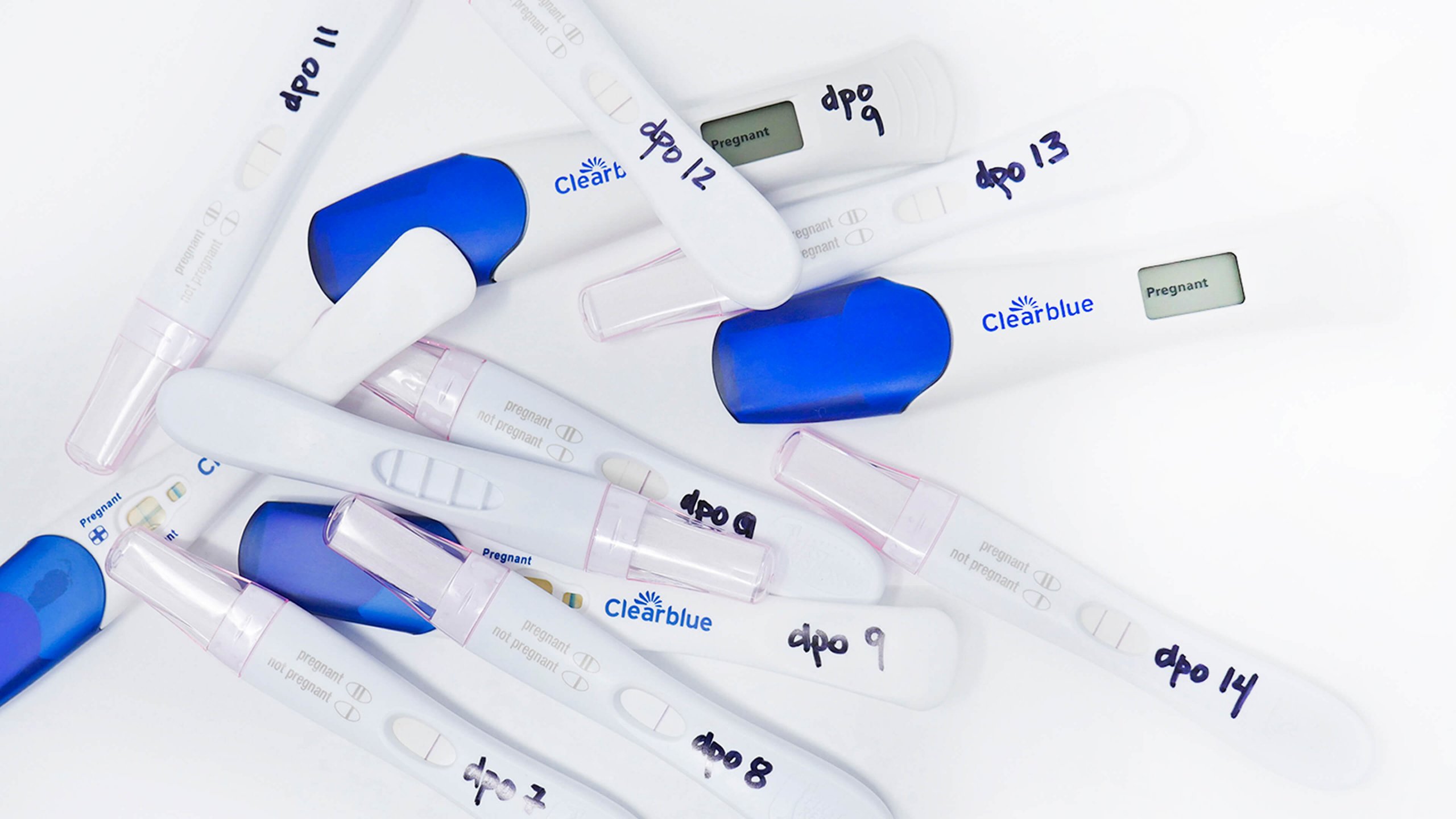

However, pregnancy detection rates can vary widely because of differences in test sensitivity and the timing of testing relative to missed menses ( 30, 32). Food and Drug Administration (FDA) report a sensitivity of 20–25 mIU/mL in urine ( 28 – 31). Most qualitative pregnancy tests approved by the U.S. The sensitivity of a pregnancy test is defined as the concentration of human chorionic gonadotropin (hCG) at which 95% of tests are positive. Among women who are within 6 months postpartum, are fully or nearly fully breastfeeding (exclusively breastfeeding or the vast majority of feeds are breastfeeds), and are amenorrheic, the risk for pregnancy is <2% ( 26, 27).Īlthough pregnancy tests often are performed before initiating contraception, the accuracy of qualitative urine pregnancy tests varies depending on the timing of the test relative to missed menses, recent sexual intercourse, or recent pregnancy. In one study, the earliest ovulation was reported at 25 days after delivery. A systematic review reported that the mean day of first ovulation among postpartum nonlactating women occurred 45–94 days after delivery ( 25).

Therefore, the likelihood of ovulation is low ≤7 days after an abortion ( 22 – 24). After a spontaneous or an induced abortion, ovulation can occur within 2–3 weeks and has been found to occur as early as 8–13 days after the end of the pregnancy. In addition, the likelihood of ovulation is low from days 1–7 of the menstrual cycle ( 21). During an average 28-day cycle, ovulation generally occurs during days 9–20 ( 20). Among menstruating women, the timing of ovulation can vary widely. The criteria for determining whether a woman is pregnant depend on the assurance that she has not ovulated within a certain amount of time after her last menses, spontaneous or induced abortion, or delivery.

If a woman has had recent (i.e., within the last 5 days) unprotected sexual intercourse, consider offering emergency contraception (either a Cu-IUD or ECPs), if pregnancy is not desired.Ĭomments and Evidence Summary. Routine pregnancy testing for every woman is not necessary. On the basis of clinical judgment, health care providers might consider the addition of a urine pregnancy test however, they should be aware of the limitations, including accuracy of the test relative to the time of last sexual intercourse, recent delivery, or spontaneous or induced abortion. is fully or nearly fully breastfeeding (exclusively breastfeeding or the vast majority of feeds are breastfeeds), amenorrheic, and is ≤7 days after spontaneous or induced abortion.has been correctly and consistently using a reliable method of contraception.has not had sexual intercourse since the start of last normal menses.is ≤7 days after the start of normal menses.
WILL A PREGNANCY TEST BE ACCURATE 4 WEEKS IN HOW TO
How to be reasonably certain that a woman is not pregnantĪ health care provider can be reasonably certain that a woman is not pregnant if she has no symptoms or signs of pregnancy and meets any one of the following criteria: Routine pregnancy testing for every woman is not necessary.īOX 2. If a woman does not meet any of these criteria, then the health care provider cannot be reasonably certain that she is not pregnant, even with a negative pregnancy test. If a woman meets one of these criteria (and therefore the health care provider can be reasonably certain that she is not pregnant), a urine pregnancy test might be considered in addition to these criteria (based on clinical judgment), bearing in mind the limitations of the accuracy of pregnancy testing. Therefore, CDC recommends that health care providers use these criteria to assess pregnancy status in a woman who is about to start using contraceptives ( Box 2). These criteria are highly accurate (i.e., a negative predictive value of 99%–100%) in ruling out pregnancy among women who are not pregnant ( 16 – 19). Several criteria for assessing pregnancy risk are listed in the recommendation that follows. In most cases, a detailed history provides the most accurate assessment of pregnancy risk in a woman who is about to start using a contraceptive method.


 0 kommentar(er)
0 kommentar(er)
